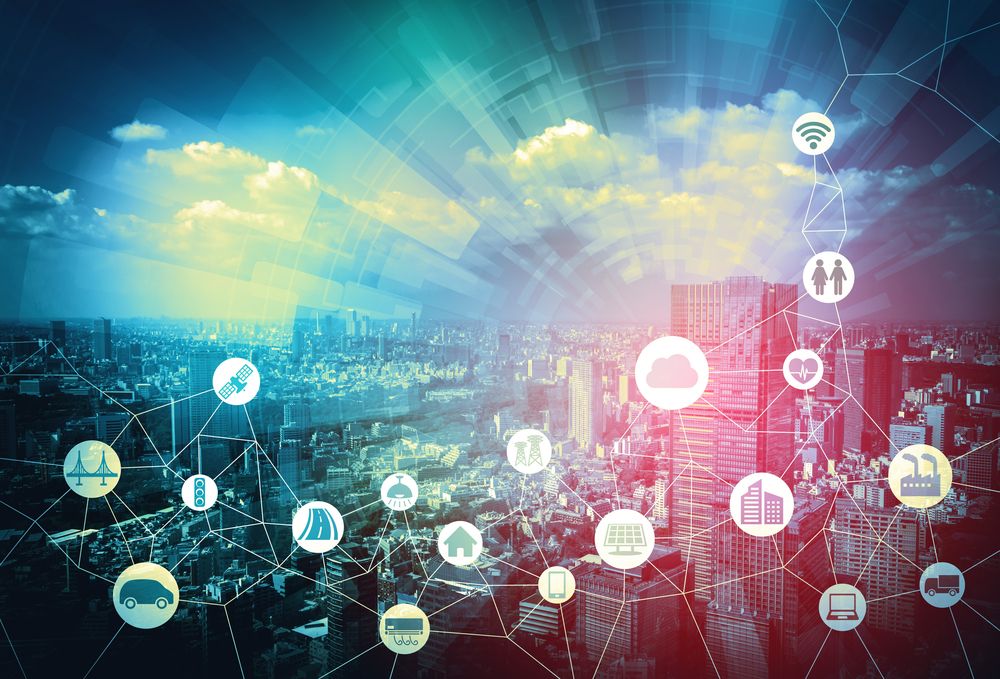Recently, the population density in cities has increased at a higher pace. According to the United Nations Population Fund, cities accommodated 3.3 billion people (54%) of the global population in 2014. By 2050, around 5 billion people (68%) will be residing in cities. In order to make lifestyles in cities more comfortable and cost-effective, the city must be smart and intelligent. It is mainly accomplished through an intelligent decision-making process using computational intelligence-based technologies. In this article, we will take a look at some of the ways AI can be used to build smart cities and the data annotation required to create them.
Caring for the Environment
Smart cities can use artificial intelligence to see their effect on the local environment, global warming, as well as pollution level. Using AI and machine learning for pollution control and energy consumption, allows authorities and cities to make well-informed decisions that are best for the environment. Smart cities also use AI to detect CO2 which can then lead to decisions around transportation.
There are many examples of cities already using AI to care for the environment. For example, in Paris, the city administration has recently implemented sensors placed on park benches to make them “smart.” The new IoT-enabled park benches are able to collect a constant stream of information that can be digested and analyzed by AI for a broad range of urban planning uses.
They can provide insights on environmental factors such as air quality by monitoring pollution levels, temperature, and atmospheric pressure. They can assist city planners by collecting data on the frequency of traffic and space usage.
Energy Tracking
Artificial intelligence can be used within smart cities to analyze and track business and citizen energy usage, with this data it can then be decided where to implicate renewable sources of energy. This can also show cities where energy is being wasted and how it can be saved. For public sector entities, such as large energy, power, and utility companies, real-time information on energy usage can reduce wastage and loss, improve the efficiency of grid operation, optimize storage, and enhance predictive infrastructure maintenance. Smart meters are an application of AI and ML which hold high potential in the energy and utility field. AI, ML, and the Internet of Things (IoT) form a crucial component of the government’s vision of smart cities and smart industrial zones.
Cities provide a wealth of information that can be captured using IoT devices in real time, including energy consumption. Power inputs can be adjusted automatically, leading to important savings, more secure supplies, and fewer outages. Smart meters are useful even on a smaller scale as well. By using them, customers can tailor their energy requirements and thus reduce costs. The data generated in the process could be used for customized tariffs and more efficient supply.
Traffic Management
AI technology is being implemented within the transportation industry to reduce traffic and accidents. A traffic management technology known as CIRCLES (Congestion Impact Reduction via CAV-in-the-loop Lagrangian Energy Smoothing) has the ability to predict and reduce traffic, using deep learning algorithms; this can then reduce the pollution created by traffic too. AI can also be used throughout traffic camera systems to detect road crimes in real-time, making them easier to deal with.
This connected and autonomous vehicle (CAV)-enabled system can reduce energy consumption and improve traffic flow by reducing stop-and-go phantom traffic jams on freeways. Used to make cities much more livable, advanced traffic control can also help reduce air pollution. Deep learning algorithms are used to combine satellite images with traffic information obtained from smartphones and environmental IoT sensors to improve air quality predictions
What Types of Data Annotation are Necessary to Create Such Technologies?
The AI technologies we looked at are very useful because of their ability to analyze lots of data. However, how are they trained to do so? One of the ways this is done is through semantic annotation, which is the process of tagging documents with relevant concepts. The documents are enriched with metadata: references that link the content to concepts, described in a knowledge graph. This makes unstructured content easier to find, interpret and reuse. This means that human data annotators would need to perform tasks like sentence splitting, part of speech tagging, named entity recognition, and many other things.
Annotating data in-house can be a very time-consuming and expensive process, which requires certain expertise and tools. It’s also unnecessary since you can outsource such work to an experienced service provider like Mindy Support.




